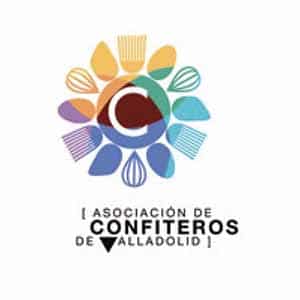
20/10/2019.- The Valladolid Festival’s Time of History section screens today two very different films that in turn have something in common. On the one hand, The Tree House, the feature film directed by Minh Quy Truong, portrays nature from a documentary angle in order to provide a meaning for the word ‘home’; on the other, Confined Spaces, a short film by Omar Razzak and Shira Ukrainitz, shows the space taken up by religion in our world.
Minh Quy’s feature-length ‘The Tree House” aims to capture through the documentary lens the intersection between culture and nature. “From the beginning we tried to provide an ethnographic touch to our work,” said Xiaodong Guo, the producer of the film. The original idea was born during a trip that the director took at the age of 13, when “he glimpsed a lonely house in the mountains and the vision made him wonder who lived there and what kind of life its dwellers led.”
“The film highlights the loss-of-home topic , a recurring motif in the work of Minh Quy as an experience he himself went through as a child. In addition, ‘The Tree House’ reflects culture and everyday life in several parts of Vietnam and interweaves it with the life-on-Mars theme. “The film shows several ethnic populations living in different places , but through the editing they are made to appear as a single human group,” concluded the producer who also insisted that “this film does not develop a logical narrative thread, but this was deliberately sought by the filmmaker” .
Confined Spaces
The same session hosted the screening of the short film “Confined spaces”, a title alluding to the territory of religious worship. The film aims to encourage “dialogue and conciliation,” according to co-director Omar Razzak, who added that “the images we show are partly our own, but also footage including YouTube videos.” Razzak also referred to the experience of attending a screening of the film in Tel Aviv, where the theatre audience responded to it as humour rather than as a piece of criticism. Co-director and the film’s graphic designer Shira Ukrainitz, on the other hand, attempted to represent religion as something liquid which runs through our fingers and is hard to control.
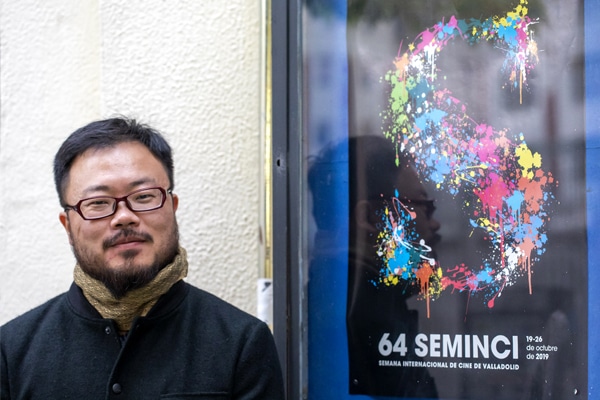
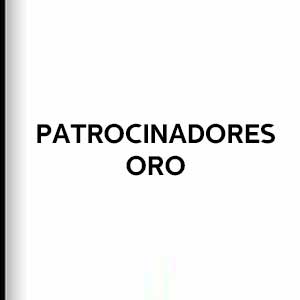
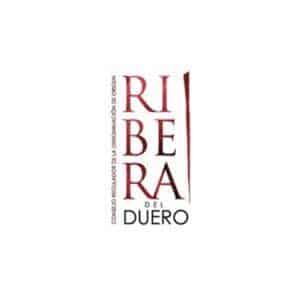


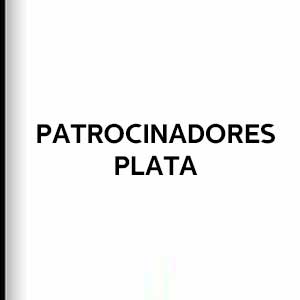



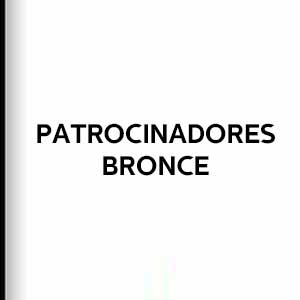







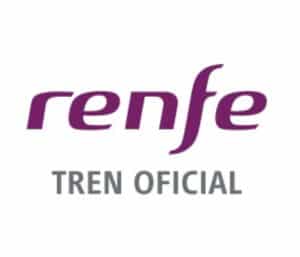

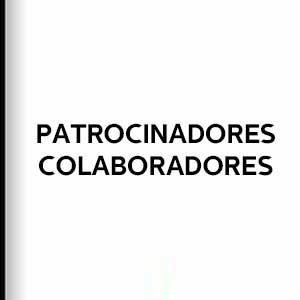
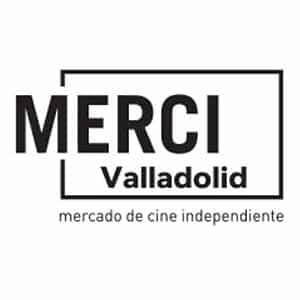
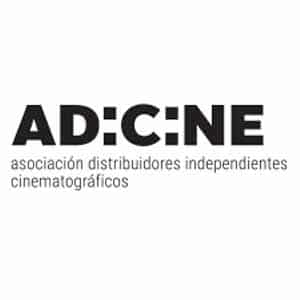
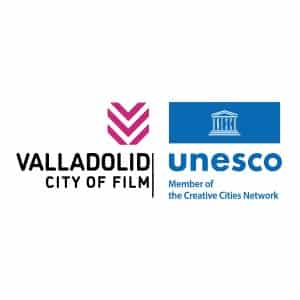
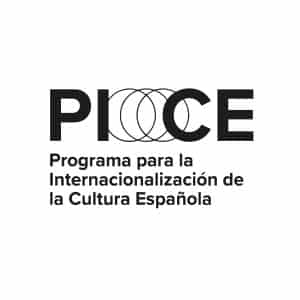


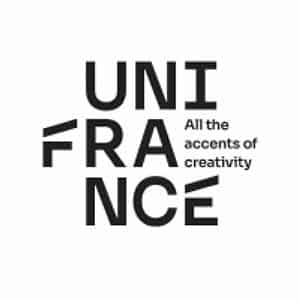
![Logo Foro Cultural de Austria Madrid[1]](https://www.seminci.com/wp-content/uploads/2024/09/Logo-Foro-Cultural-de-Austria-Madrid1-300x76.jpg)




